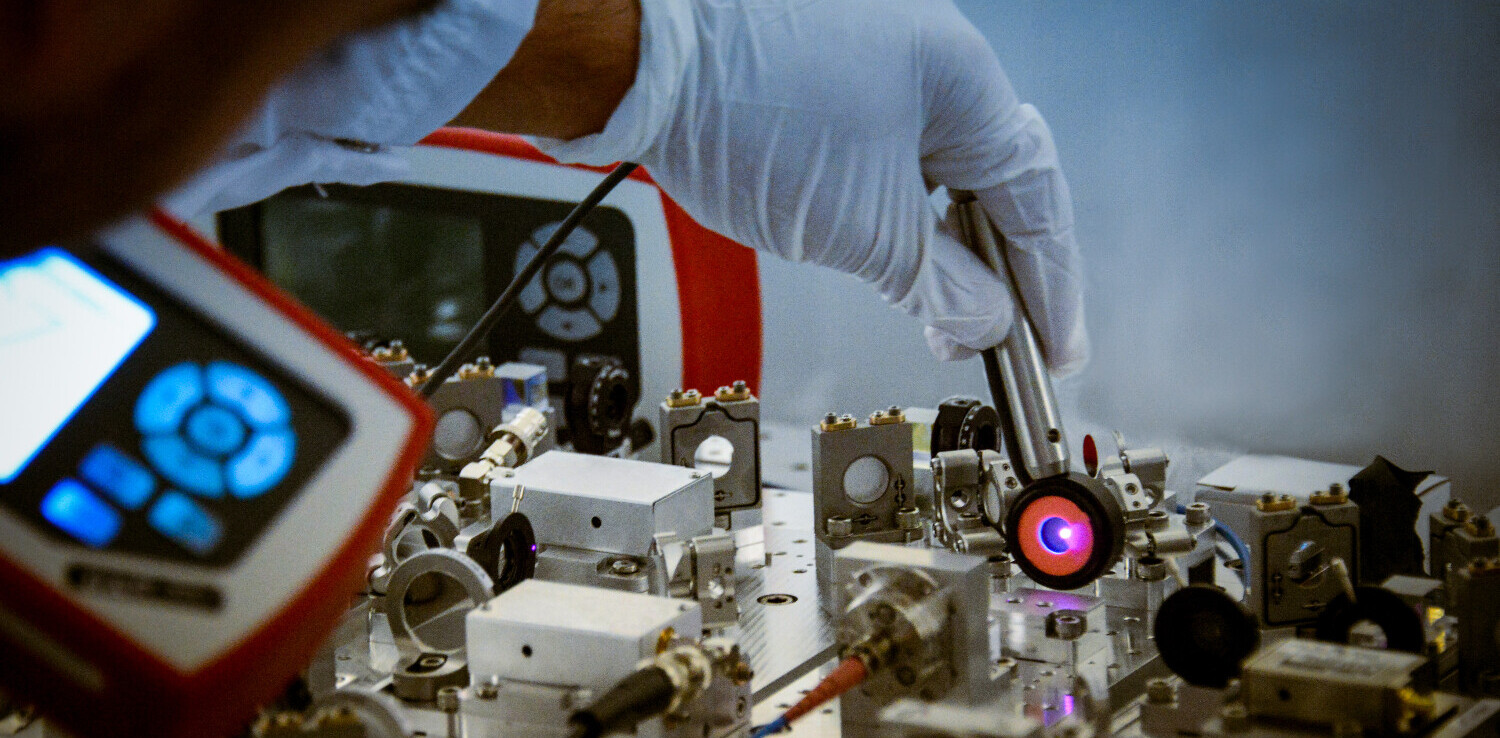
Microsoft is releasing an update for its SkyDrive iOS app today that now includes automatic camera backup of photos and videos. The intent of this feature is not only to protect the memories on one’s phone, but also to better integrate the contents between desktop and mobile devices. The SkyDrive app has also been given a refresh for iOS 7.
The automatic camera backup has been available for Windows Phone, but only now is it becoming available for iPhone and iPad, more than two years after its introduction into the Apple ecosystem. With this release, users will be able to save full-resolution images to SkyDrive and can elect whether to back up files when on a data plan or over WiFi. If you’re thinking that this is similar to Dropbox or even Google+, then you’re right.
Will camera backup work behind-the-scenes? Microsoft says that it hoped so, but it is constrained by technological limitations from Apple’s device — even Dropbox pauses its backup process when the phone sits idle or the user exits the app.
So when will Android device owners see this capability? At this point there are no plans to bring it to that operating system.
It’s been said that the camera backup feature is one of the “most popular feature requests” Microsoft has received. Although, now that it’s available, Microsoft hopes its customers will take advantage of SkyDrive’s smart file system in Windows 8.1. When running a query, you can include elements from any particular image and Microsoft’s Bing search engine will pull it up.
Users can also publish their backed-up photos to Facebook into either an existing album or a new one. Just save your photos to SkyDrive and then share a select group of photos from your account to Facebook.
SkyDrive’s latest update also includes improved viewing and editing for Office documents and OneNote files. If you have a supported file type in your SkyDrive account and open it, the device will open either an Office Mobile or OneNote app instead of the Quicklook viewer that traditionally has appeared. From that point, edits can be made and when saved, the updated file will appear in your SkyDrive account.
The aforementioned action reminds me of what one receives with Box and its OneCloud product. In SkyDrive’s case, users need to have Office and OneNote for iOS apps pre-installed. Otherwise, SkyDrive will prompt you to install the app.
Lastly, the iOS app has been spruced up to be optimized for Apple’s iOS 7. There are new icons, improved color palettes, and enhanced themes. When viewing the files in your SkyDrive account, the thumbnails have been enlarged so there are now three columns of images, instead of the usual four.
http://www.youtube.com/watch?v=s1xMblVT6iY
Although automatic camera backup is a necessary tool for users, some may be pondering whether this is another catch-up effort by Microsoft, especially since Google, Dropbox, and Box have had this feature for a while. We asked Microsoft and the spokespeople disagreed — as the company begins to build the new universal C:/ drive throughout the Windows ecosystem, SkyDrive is going to play a pivotal part in that reorganization.
Furthermore, being able to have a cloud-storage service already pre-installed and embedded into a family of products, whether it’s Windows Phone, Windows PCs, Windows Surface, Xbox game consoles, and any other connected hardware, speaks volumes, compared to having to re-install everything.
The user numbers appear to show continued use. There are more than 250 million people who have data in their SkyDrive account. How many are actively importing files versus simply having an account remains a mystery. Additionally, more than 1 billion documents have been uploaded to SkyDrive.
➤ SkyDrive for iOS
Photo credit: Joe Raedle/Getty Images
Disclosure: This article contains an affiliate link. While we only ever write about products we think deserve to be on the pages of our site, The Next Web may earn a small commission if you click through and buy the product in question. For more information, please see our Terms of Service.
Get the TNW newsletter
Get the most important tech news in your inbox each week.






